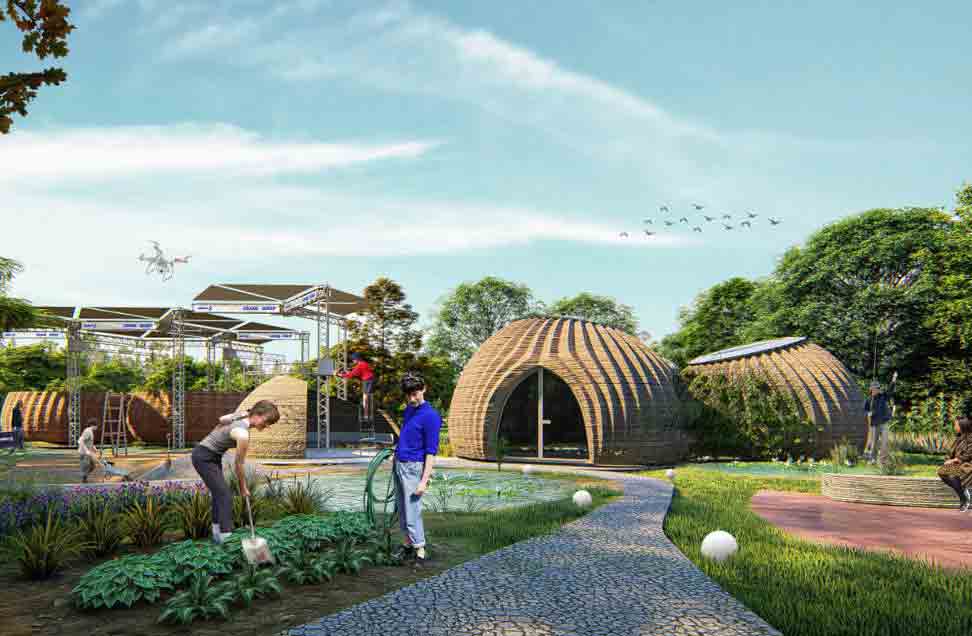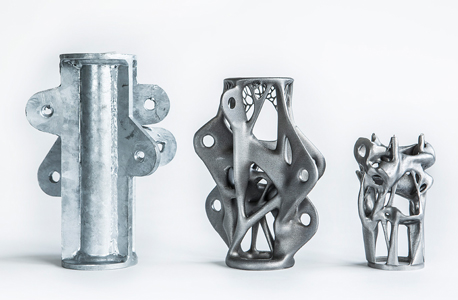
Tech-niques: how new tech is changing our homes
Tech-niques: how new tech is changing our homes
Share
We have come a long way from the days of dot matrix printers, though if you are one of those who has fired up a three-dimensional (3D) printer thinking you’re about to export something so instantly self-satisfying you’ll no longer need social media, you’ll know that that feeling is more of frustration than it is flattering. The technology that 10 years ago was set to change our homes, the disruptor of homewares manufacturing, just isn’t quite there yet. But it’s close. Similarly, in the production of timber furniture, the emergence of five-axis computer-controlled machining is starting to bridge the gap between the designer’s mind and the physical possibilities.
MEZZANINE speaks with Angela Ferguson of FutureSpace architects and Luke Ommundson of furniture manufacturer Evostyle about what these new technologies mean for designers and our homes.
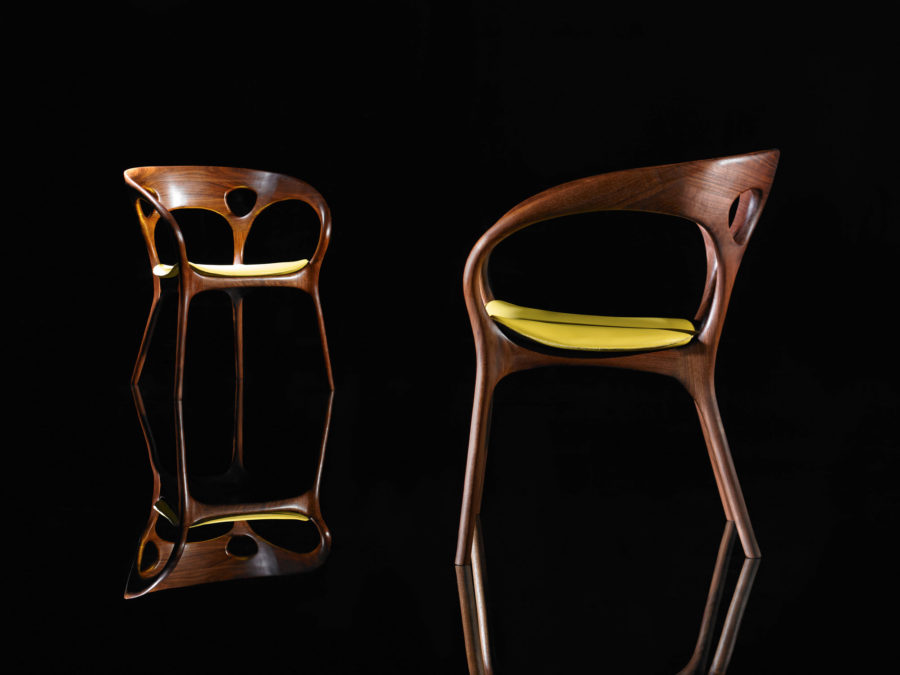
Anne chair by Ross Lovegrove for Bernhardt Design. Photo courtesy Ke-Zu.
ANGELA FERGUSON ON 3D PRINTING
What areas do you see three-dimensional printing expanding into in the future?
We’ve seen 3D printing in a few short years move from prototyping to mass production and now we are seeing it move to mass customisation. This is where it gets really exciting; I can see the end user being able to customise all sorts of things – from furniture to clothing to medicine and everyday utensils – with the use of 3D printing.
3D printing can also help grow Australia’s manufacturing culture. We can have smaller 3D printing ‘factories’ located close to cities that allow designers to develop an even stronger ‘maker culture’. This, in turn, has a positive effect on the environment as the ‘inks’ are reusable and, with smaller maker hubs, mass transportation of gross finished products will be required less and less.
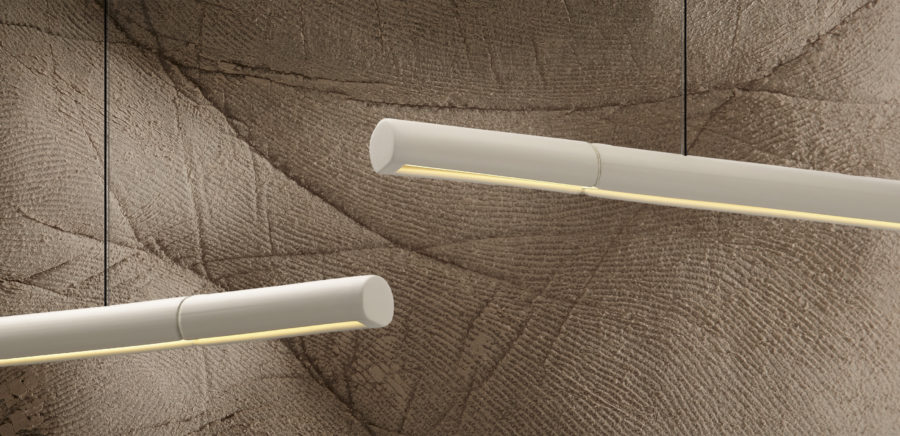
Potter DS pendant, a collaboration between Bruce Rowe of Anchor Ceramics and Rakumba Lighting. Photo by Haydn Cattach.
How will this technology, and its emergence into the everyday, impact on people’s lives?
Almost 90 percent of households in Australia have internet access. And we are a nation that loves to embrace new technologies. As the cost of 3D printers comes down I can see households in Australia all having their own 3D printers that can be used for a variety of reasons, especially as the filaments used in these printers continue to expand in range.
We could potentially buy a product, such as an office chair, then 3D print parts of it that are customised to the user, such as the seat. The seat can be recycled when it comes time to pass the chair on to the next user.
3D printing also encourages experimentation among enthusiasts, with hybrid printers and other programs being developed, including one that uses household recycling waste (such as shampoo and soft drink bottles) to create new filaments. The net positive effect on the environment will be significant.
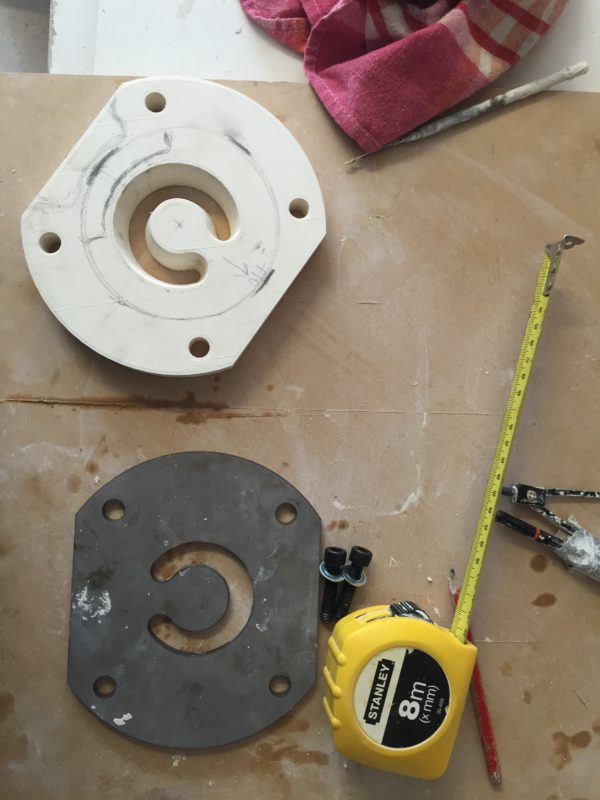
3D printed tooling allowed for rapid product development of the Potter DS pendant. Photo by Haydn Cattach.
For an architect, what possibilities does this technology present?
Some futurists have suggested that 3D printing (or additive manufacturing) is the beginning of a third industrial revolution. For us as architects, the possibilities are endless; however, two main impacts include:
Prototyping – we are under more pressure than ever to deliver results quickly, efficiently and accurately. 3D printing is already helping us test new ideas prior to production, especially when it comes to creating and experimenting with new ideas for joinery, furniture and construction details.
Customisation – as our clients, the consumers, become savvier and more demanding, 3D printing allows us to cater to individual needs, while at the same time designing at scale. Already we are designing projects where clients want the flexibility to adjust furniture and environments according to use or need – and 3D printing helps make this bespoke process more attainable.
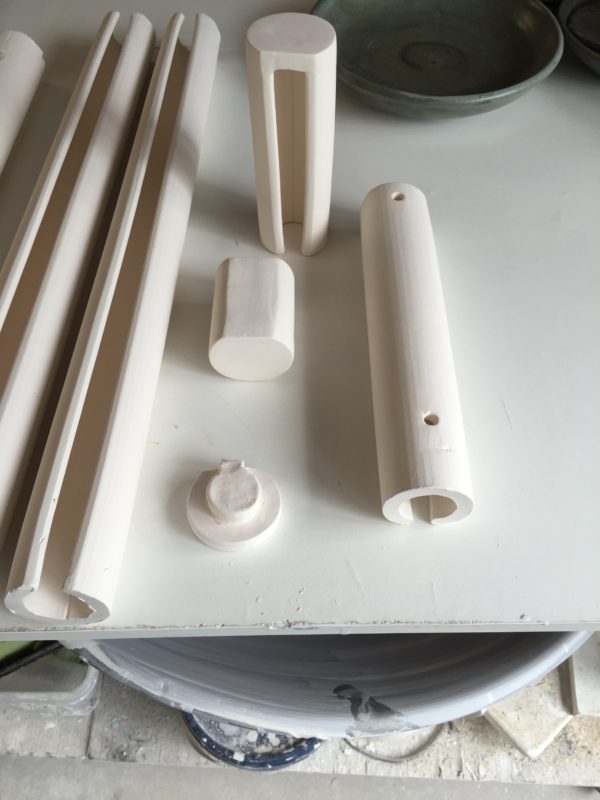
Extruded ceramic components for the Potter DS. Photo by Haydn Cattach.
How has rapid prototyping technology changed the way designers/architects work or think?
By nature, architects and designers are creative and experimental. 3D printing technology has made manufacturing more ‘agile’ and available to a wider variety of designers. When I was a design student in the ’90s, getting anything manufactured, whether it was furniture, object or built form, was a long, slow laborious process that involved a lot of phone calls using the Yellow Pages (the actual physical phone book!).
3D printing, when coupled with our access to the internet, has completely revolutionised this process and means that we can produce new ideas almost as quickly as we can think of them.
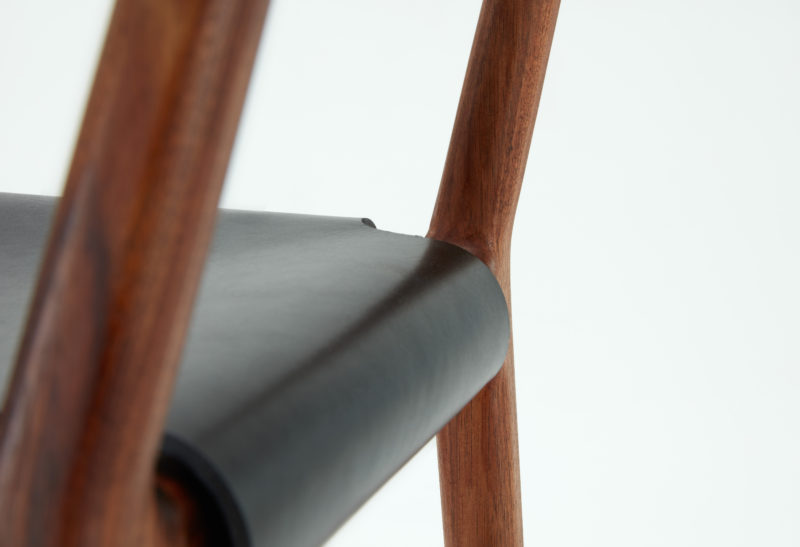
The Pieman dining chair by Tom Fereday for Dessein Furniture. Photo by Haydn Cattach.
LUKE OMMUNDSON ON FIVE-AXIS MACHINING
What benefits does this technology provide to architects and furniture designers?
It has brought the flexibility to design more complex joins and shapes into their products with shorter lead times and lower initial set-up and tooling costs.
For a business, what impact has this new technology had?
New opportunities have opened up to work on both local and international products. It has reduced our lead time to manufacture and has increased our production capacity without having to increase our workforce.
On the downside though, we become increasingly reliant on this technology and, like all technology, it breaks down at some point. With most of these machines made overseas, it can be an issue if there is a breakdown and parts aren’t quickly available.
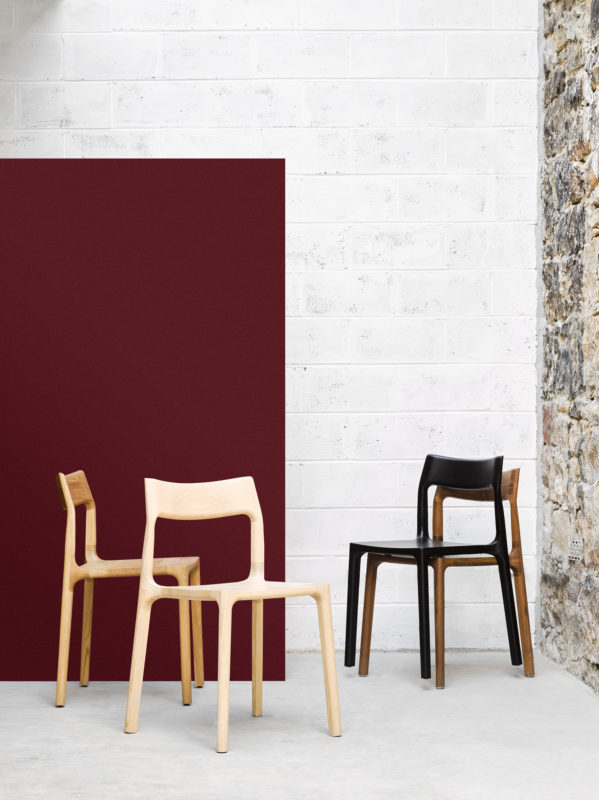
The Molly chair by Adam Goodrum for Cult, both five-axis CNC machined from solid timber. Photo by Brooke Holm.
Are there any misconceptions around five-axis production or limitations that people don’t realise?
We often get sent models that have a lot of complex blended shapes. Although these can be made, they can take a lot of machining time, which adds significantly to the end cost of a product.
Sometimes certain shapes look great in a computer model, but in reality, a slight change to small aspects can make the difference between a product being viable to produce or not, and when the final product comes together these slight changes are not noticeable.
How much does an understanding of materials impact on this process?
It’s extremely important to have a good background in solid timber. The software and programs have no allowance of how certain timber behaves when machined. This has to be anticipated by the operator/programmer and given consideration.
We have some timbers that machine perfectly and then we use another species for the same component and have to completely reprogram to allow for the timber characteristics. Having knowledge of how things were made the old way with traditional machines is also a huge advantage.
Lead image: Jean Louis Iratzoki prototyping the Kuskoa Bi chair for Alki. Photo courtesy Cafe Culture + Insitu.
This article originally appeared in MEZZANINE #7. Get your subscription to MEZZANINE here – or digitally through Zinio.
—
Read about how tech is changing the workplace here.
You Might also Like

